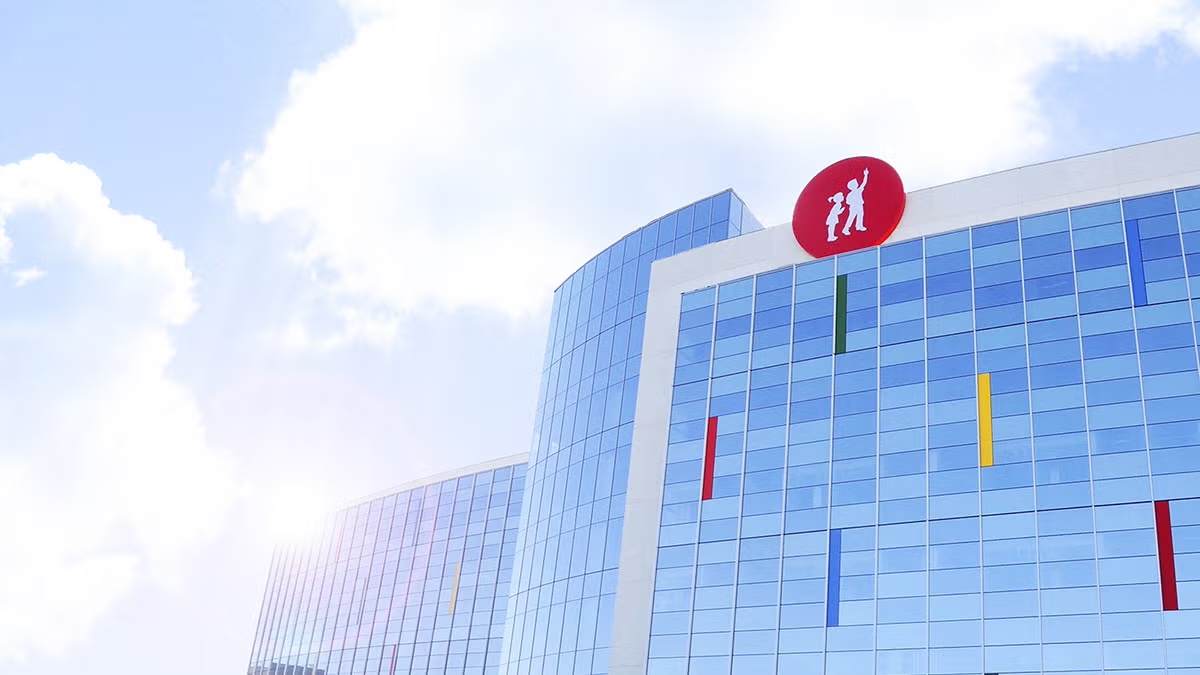The Importance of Branding – How it works and Why it Matters, part 1
One of the push backs Alabama Media Group hears from a variety of our marketing clients is about them not wanting to invest in branding tactics.
“Branding is only something companies like Nike and McDonald’s do.”
“Branding is too nebulous. I only care about conversions!”
“You are recording a quote of mine about branding for an article you’re writing, aren’t you?”
I’ve heard variations of these hundreds of times.
However, this kind of thinking is misguided. In this post, I want to explain how branding works and how it influences our buying decisions. In part 2, I want to land the plane on how investing in branding tactics like digital display advertising can actually help, not hurt in increasing conversions over time.
But for this first post, let’s start off with a thought experiment.
Take 15 secs and think of the top 2 companies that come to mind for the following categories:
- Personal injury attorneys
- Pest control companies
- Furniture companies
Who did you list first? How about who you listed second? And the real question, do you remember exactly how you initially became familiar with the two companies you listed?
Honestly, probably not. That’s because why we remember some businesses and not others is mostly something we can’t quite articulate. We may be able to bring something to the table like “My mom just always bought Pepsi”. But why do you buy the soap that you do? Why do you go to or think about that specific furniture store first? Why do you feel negative about one company and positive vibes towards another?
95% of cognition happens outside of our conscious brain and inside our subconscious, emotional brain.
According to Gerard Zaltman, the author of How Customers Think: Essential Insights into the Mind of the Market the explanation for why we think about certain companies verses others is because most of our “thinking” happens without us realizing it. According to Zaltman, 95% of cognition happens outside of our conscious brain and inside our subconscious, emotional brain. In other words, a lot of our thinking about even things like buying decisions is happening without us realizing it. Therefore, explaining why you think or feel certain ways about certain businesses would be like trying to explain why you are attracted to the people you are attracted to. You can’t always necessarily put your finger on why, you just know you are, which of course influences the decisions we make.
90 percent of all purchasing decisions are made subconsciously.
Another reason why we stick with some businesses and not others is to avoid being overwhelmed. According to another study, “90 percent of all purchasing decisions are made subconsciously. We use mental shortcuts to skip the process and avoid being overwhelmed by the number of available options from competitors.” If we had to go through all the options available every time we make a buying decision, it would take us weeks to make each one. We make mental shortcuts to get to a smaller number of options. This short list is primarily formed based on how we already feel about a company, which again, according to Zaltman, is happening mostly in our subconscious brain.
This matters for businesses because the companies that are creating meaningful touch points to change how a customer feels, a lot of times subconsciously, are the one’s who are going to have the best chance to make that customer’s short list of potential options. Most importantly, if they are on this short list this means they will have a better chance to get that customer’s business.
How do companies make this “short list”? It depends how well they have branded themselves in a customer’s conscious and subconscious brain. This gets me to an idea called the branding ladder. The “branding ladder” was inspired from an article I read from Brian Bryson, VP of Comms Planning at BBDO in New York. It states there are four different categories of how we think about a company’s brand:

Level 3:
To be top of mind (i.e. The percentage of your audience that lists your brand first when prompted with your business’ category)
Level 2:
To be recalled (i.e. The percentage of your audience that can name your brand when prompted with your business’ category)
Level 1:
To be recognized (i.e. The percentage of your audience that says they know your brand after being prompted with a brand cue)
Level 0:
To be unknown (i.e. The percentage of your audience that says they do not think anything when they see your brand)
Remember the two businesses I asked you to come up with for the personal injury, pest control and furniture companies? The first company you put for each category is your level 3, top of mind. The second you put on the list is a level 2 brand, to be recalled. Level 1 brands would be companies you couldn’t come up with off the top of your head but if I mentioned them after the fact, you would say “Oh yeah. I’ve heard them.”. A level 0 brand would be if I mentioned the company, and you would say “Did you make them up?”.
Like I mentioned with the Zaltman study, we may not even be able to articulate why we are able to recall some and not others. But how many meaningful touch points they had with us is a major factor. A business can create meaningful brand touch points many ways, but using marketing tactics that help with strategic branding is the most efficient and effective.
That’s why my company often strongly challenges our partners so much about branding. We understand the higher up the branding ladder the better. Why?
When a company is higher up the ladder (i.e. they’ve done a better job branding themselves), the more conversions that will happen. This is simply intuitive. The more short lists a company makes, the more chances that company will have to compete for that customer’s buy.
The best part is that this is not just an intuitive argument. This is something that is supported by numerous studies. In my next blog entry, I will explain through some provocative data supporting this important idea. You can read part two of this series here.




